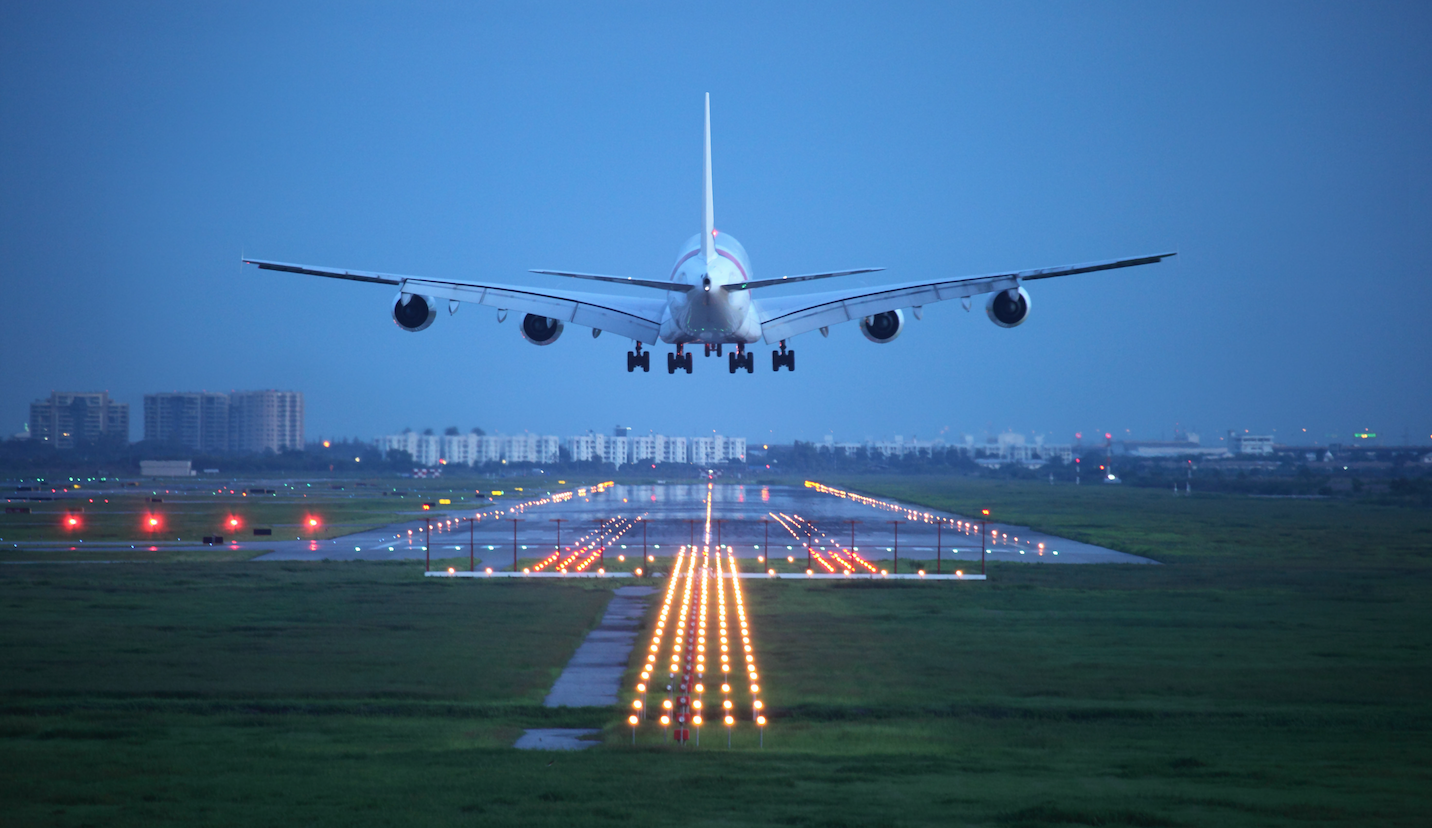|
Travel stocks like airlines have borne the brunt of the Coronavirus’ wrath over the last month. Though the S&P 500’s decline of 25% since this time last month has been a death-defying plunge in its own right, the U.S. Global Jets ETF’s (JETS) downturn has just about cut the fund in half over the same period.
United Airlines said it expected its March revenue to be $1.5 billion lower than a year earlier and said it will slash capacity by 50% in April and May, cuts it expects to extend to the lucrative summer travel season. The Chicago-based airline, which had about 96,000 employees as of the end of last year, is in talks with unions to figure out how to reduce payroll expenses. Last week, United Airlines Holdings, Inc. President Scott Kirby described a “dire scenario” in which monthly sales would plunge 70% until the start of June, then 60% that month and 40% in July and August.
American Airlines over the weekend said it plans to slash its international flying by 75% to May 6 and that it will cut domestic capacity by 20% in April from a year earlier and by 30% in May. It will park most of its wide-body fleet.
Delta Airlines is reducing capacity by 40% in the next few months — the largest cut in the company’s history.
Southwest Airlines Co. will shave at least 20% of its flight capacity, freeze hiring and offer leaves to workers as the spread of coronavirus erodes demand for travel. Southwest’s traffic reductions will be in effect April 14 through June 5, and the carrier warned that it expects revenue trends in the second quarter to decline further. It’s evaluating additional flight schedule reductions.
In the wake of the US’s ban on all travel to Europe, European carriers Air France-KLM, EasyJet, International Airlines Group and Ryanair have all said that they will cut most of their flights in the coming days as travel restrictions push demand for air transport close to zero. Lufthansa, which also operates Austrian, Swiss and Eurowings, is considering grounding all its A380s, as it cancels its dividend and slashes capacity by 50% – even up to 80% on trans-Atlantic flights. International Airlines Group — comprising Aer Lingus, British Airways, Iberia, Level and Vueling — plans to reduce capacity by “at least 75%” in April and May and is prepared to cut more if needed. Scandinavian carrier SAS said it would stop most of its flying and temporarily lay off 90% of its staff, or about 10,000 employees.
According to CAPA Centre for Aviation, a consultancy, most airlines in the world will be bankrupt by the end of May unless governments intervene. US airlines are now seeking tens of billions from the government to deal with the economic havoc caused by the coronavirus pandemic. Airlines for America said in a statement. The trade group outlined a proposal for $50 billion for passenger airlines and $8 billion for cargo carriers. President Trump has already signalled his willingness to provide ample aid to the major airlines.
It’s not only the airlines that will have to seek financial support from the government, but major plane manufacturer Boeing Co. as well. Ironically, their cry for help comes just weeks after a congressional report, probing the company’s 737 MAX jet and its faulty software that caused 2 separate crashes, resulting in the deaths of nearly 346 passengers and crew. The preliminary investigation by the U.S. House Committee on Transportation and Infrastructure noted that Boeing’s development of the 737 MAX “was marred by technical design failures, lack of transparency with both regulators and customers, and efforts to obfuscate information about the operation of the aircraft.”
The 737 MAX model has been grounded around the world for a year now, setting off unrelenting waves of controvery around the company’s culture and business practices, which MRP has been covering since the Spring of 2019. In that time, no shortage of scandals have been uncovered, including everything from misleading regulators with falsified documents and statements about the safety of their planes, to various manufacturing errors across multiple models of Boeing jets.
The costs of the MAX grounding are likely close to $20 billion by now, and the planemaker has already tapped the entirety of a $13.8 billion loan from a number of private lenders, intended to shore up capital for their ongoing struggles. With productions and deliveries gridning to a halt, compounded by a virus outbreak in its largest plant, the likelihood that Boeing could meet its operating and loan obligations without some kind of federal assistance has rapidly evaporated. Rating agency Standard & Poor’s on Monday lowered its credit rating on the planemaker to ‘BBB’ from ‘A-‘ and now expects 2020 free cash flow in a range of negative $11 billion to $12 billion, down from a prior estimate of positive $2 billion. Over the course of the last month, Boeing shares are down 64%.
Our early research into the technical flaws underlying the jet’s MCAS software was enough to rosue serious skepticism around Boeing’s initial timeline for the MAX’s FAA recertification, which they claimed would be completed by last May. When that first timetable was missed, we added SHORT Airlines to our list of themes on June 4, 2019, highlighting our belief that a recertification would not be in the cards anytime soon. Some of MRP’s previous reports on the seemingly endless legal, technical, and financial hurdles Boeing has faced over the last 9 months can be found in the links below:
|



Leave a Reply